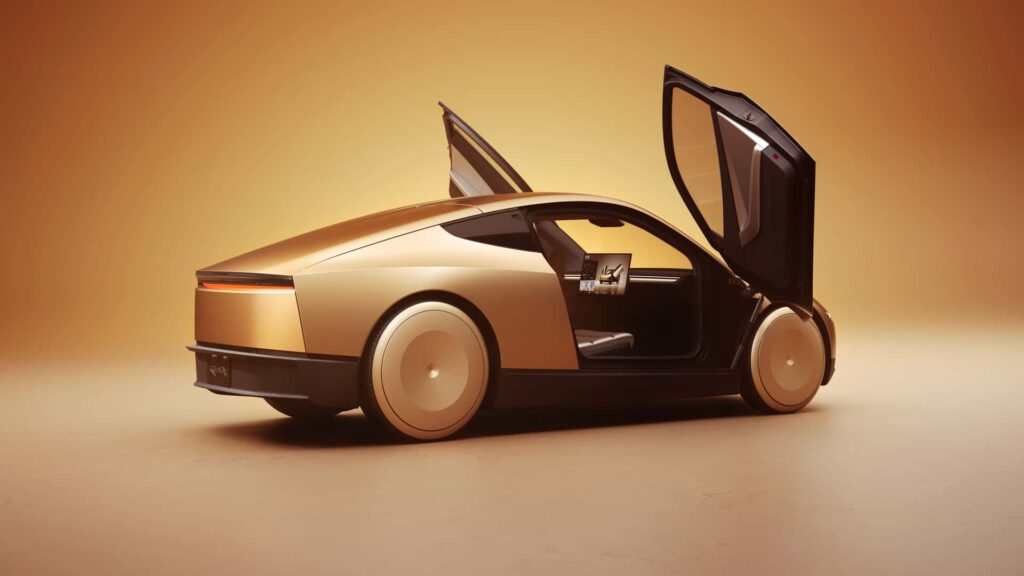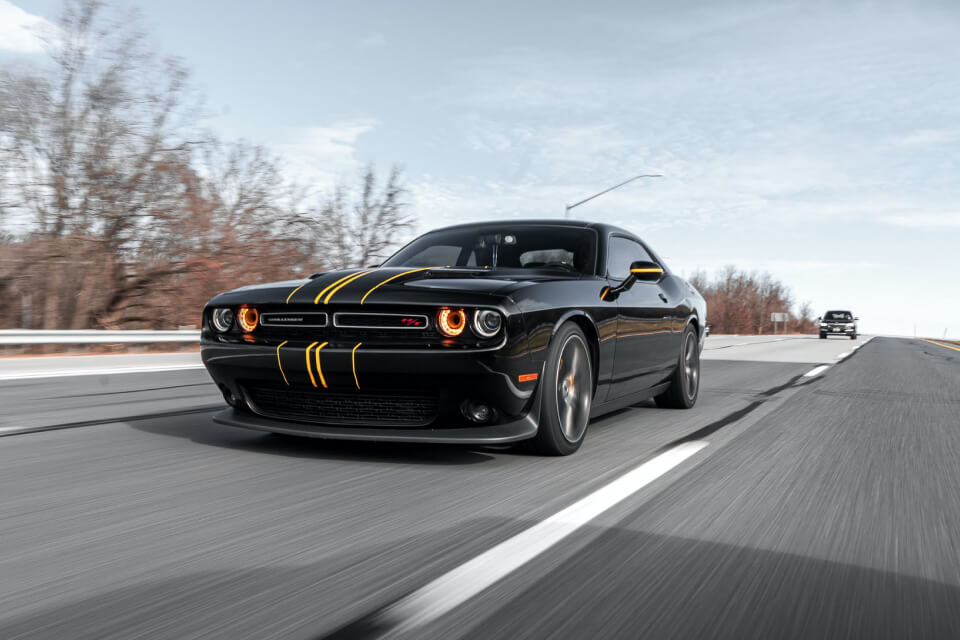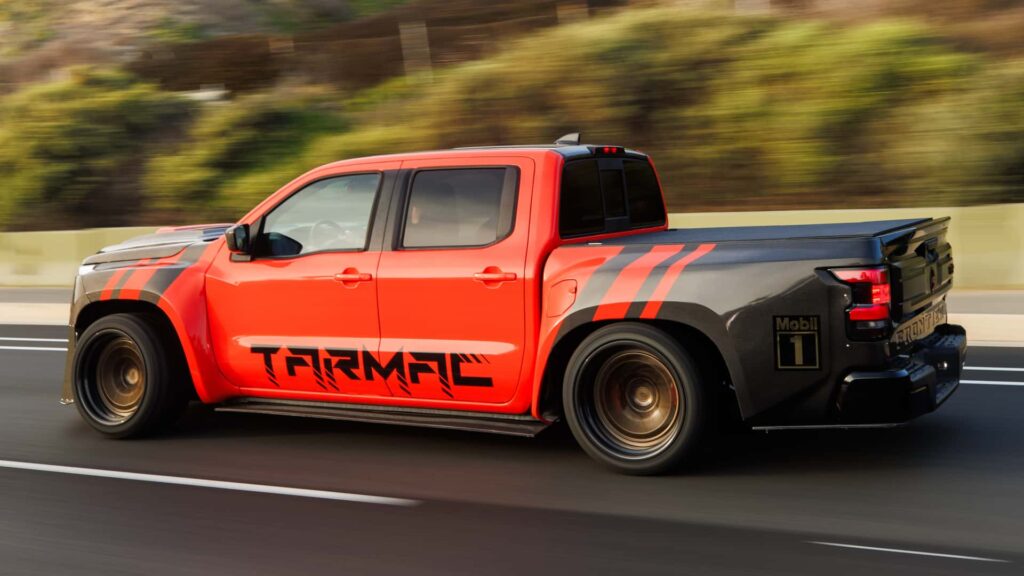
- 77% of Tesla’s stock value—$816 Billion—is realized thanks to its forward-looking autonomy claims
- Tesla still has a lot of progress to make in order to deliver on its Full Self-Driving promises
- Federal deregulation of autonomous vehicles could pave the way for faster progress
Tesla has always ridden on big dreams and even bigger promises. The automaker has a history of betting it all on risky situations—and generally, those moves have paid off. It’s not only the lone successful automotive startup the world has seen in about a century, it’s also worth more than $1 trillion these days.
You can attribute that sky-high valuation on Tesla’s biggest bet of all: autonomy. The automaker, which would rather be viewed as a AI and tech company that just happens to build cars, believes it can solve self-driving with its Full Self-Driving software and its upcoming Robotaxi product. And investors believe that this risk could lead to a huge payday if it pays off.
And if it doesn’t? Well, that’s potentially 77% of Tesla’s value circling the drain, according to RBC Capital analyst Tom Narayan.
Photo by: InsideEVs
“Robotaxis account for 44% of [Tesla’s] valuation,” explains Narayan, later continuing: “FSD accounts for another 33% of our valuation and we see private AVs becoming living rooms, bedrooms and offices on wheels. These will also be purpose-built vehicles.”
Narayan says that the firm believes that FSD will ultimately reach the SAE designation of Level 4, which means that vehicles with FSD can drive themselves in certain conditions and would not require a human to take over at any point in time while the vehicle is driving in its Operational Design Domain. Think driverless taxis (like the Cybercab) operating in select cities. Tesla CEO Elon Musk previously claimed that Tesla would reach in 2023.
The problem? Tesla isn’t remotely close to the finish line.
Musk claims that Tesla will have its Robotaxi—which, mind you, comes without a steering wheel or pedals—in production before 2027. For those counting, that leaves just 409 days to solve self-driving and iron out production of a next-generation vehicle.
Outside of its We, Robot Robotaxi event at the Warner Brothers studio, Tesla has yet to show significant progress in real-world self-driving headway. But it does claim that it has been testing out autonomous rides for employees in California, though, and officials in Palo Alto are already knocking at Tesla’s door to be one of the first cities where the automaker deploys its Robotaxis. That is, of course, assuming that Tesla receives regulatory approval for these trials.
Elon Musk’s new bestie (and president-elect), Donald Trump, has recently signaled interest in a federal Autonomous Vehicle Framework that would essentially prioritize deregulating AVs and pave the path for faster deployment across the U.S. Whether or not Tesla has the technical prowess to back it up is leaving some room for doubt, though.
From Narayan’s note:
While we do see federal deregulation on AVs as a positive for Tesla, the company still has a ways to go to prove that its camera based system will ultimately work with limited interventions. As we understand it, FSD’s next version (13.0) is tracking at ~10k miles before intervention, compared to Waymo’s 17k level. Moreover, in states like California, getting robotaxi licenses might mandate using lidar systems. It is unclear to us if creating a federal AV policy framework would supersede.
If the stars align and Tesla delivers on its promises (in part, thanks to Musk’s political manuevering), its stock could go to the moon. This is huge for investors, especially those who had many unanswered questions following its lackluster Robotaxi presentation last month. But there’s significant competition from companies like Cruise and Waymo, both of which have been real-world testing for years with dedicated teams and more robust hardware stacks. It’s an uphill battle for Tesla, which has proven critics wrong before—but never with this much on the line.


